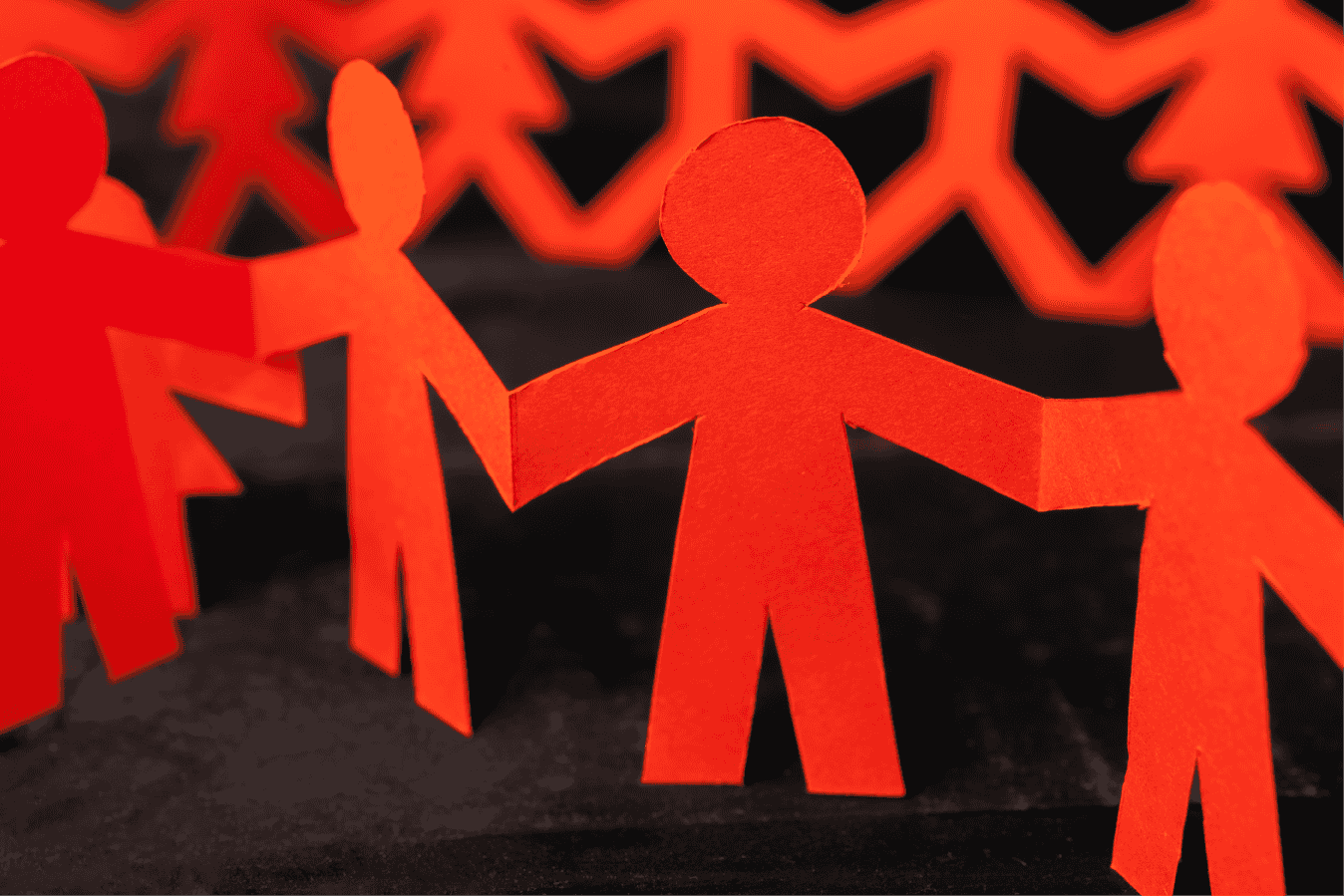Imagine a world where every word you read or hear feels like it was crafted just for you, in your unique dialect, with all the cultural nuances intact. Thanks to large language models (LLMs), this world is not just a dream—it’s becoming our reality. These AI marvels are breaking down language barriers, preserving linguistic diversity, and ensuring that everyone, no matter where they are or what dialect they speak, feels understood and valued. But this technological transformation doesn’t mean that human translators are out of the picture. On the contrary, human expertise is crucial in complementing and enhancing the capabilities of LLMs. Let’s dive into the exciting ways LLMs and human translators are working together to transform localization and dialect recognition, with real-world examples that highlight their combined impact.
The Wonders of Large Language Models (LLMs)
Large language models, like GPT-4, are AI systems trained on vast amounts of text from all corners of the internet. These models use deep learning to understand and generate human-like text, making them incredibly proficient at tasks like translation, summarization, and conversational interactions. Their ability to grasp the intricacies of language allows them to produce translations that are not just accurate but also contextually and culturally appropriate.
Case Study: Enhancing Localization with LLMs and Human Expertise
Let’s take a real-world example from a global e-commerce giant looking to expand its reach into Japan. Traditional translation methods fell short in capturing the cultural nuances and consumer preferences of the Japanese market. Enter LLMs and a team of human translators. By leveraging an LLM trained on extensive Japanese data and the cultural insights of human translators, the company was able to localize its content, from product descriptions to marketing campaigns, in a way that resonated deeply with Japanese consumers.
The result? A significant boost in customer engagement and sales. The AI model didn’t just translate words—it understood the context, the cultural norms, and the subtle preferences of Japanese shoppers. Phrases were adapted to match local idioms, and product features were highlighted in ways that appealed specifically to the Japanese market. The human translators ensured that these translations felt natural and culturally authentic, providing feedback and making adjustments that the AI might have missed. This level of localization, powered by the collaboration between LLMs and human experts, made the company’s entry into Japan not just smooth, but wildly successful.
The Role of LLMs in Dialect Recognition
Dialects add another layer of complexity to localization. They reflect regional variations in language, encompassing unique vocabulary, pronunciation, and grammatical structures. Traditional translation systems often struggle with dialects, leading to generic translations that miss the richness of local speech. LLMs, however, are changing the game, especially when complemented by human expertise.
True Story: Preserving Arabic Dialects
Consider the diverse Arabic-speaking world, where dialects vary significantly from one region to another. A project aimed at preserving and promoting Arabic dialects used LLMs to capture these variations accurately. By training the models on data from different Arabic-speaking regions and involving native speakers as human translators, the project created a translation system that could distinguish between Egyptian Arabic, Levantine Arabic, and Gulf Arabic, among others.
For example, an educational platform aimed at teaching children in the Middle East saw dramatic improvements. Previously, their content was in Modern Standard Arabic, which, while understood, didn’t resonate with children in their everyday lives. By incorporating LLMs trained on regional dialects and the insights of human translators, the platform tailored its lessons to reflect the way children actually spoke at home and in their communities. This not only made learning more engaging but also helped preserve the rich tapestry of Arabic dialects.
Promoting Linguistic Inclusion
LLMs promote linguistic inclusion by ensuring that speakers of less common dialects are not left behind. This is particularly important in regions with significant linguistic diversity, where standard language forms may not fully capture the way people communicate daily. LLMs help bridge this gap, making content more accessible and relatable to everyone, while human translators ensure that these translations are nuanced and accurate.
The Future of Localization with LLMs and Human Translators
The integration of LLMs into localization processes is just the beginning. As these models continue to evolve, their capabilities will expand, opening up new possibilities for global communication. Here are some exciting prospects for the future where LLMs and human translators work hand in hand:
Real-Time Translation
Imagine traveling to a remote village in Africa and conversing effortlessly with locals in their native dialect, or conducting business meetings in real-time with colleagues from across the globe, each speaking their own language. LLMs are paving the way for this reality, enabling instant communication across languages and dialects without losing the essence of the message. Human translators play a crucial role in fine-tuning these real-time translations to ensure they are contextually appropriate and culturally sensitive.
Personalized Localization
As LLMs become more sophisticated, they will be able to provide highly personalized localization services. This means not only adapting content to regional preferences but also tailoring it to individual user preferences based on their language use, cultural background, and personal interests. Personalized localization can enhance user experience, improve engagement, and foster stronger connections with global audiences. Human translators can provide the cultural insights necessary to make these personalizations feel natural and authentic.
Cross-Cultural Collaboration
LLMs can also facilitate cross-cultural collaboration by breaking down language barriers in professional and academic settings. By providing accurate and context-aware translations, these models enable seamless communication and knowledge sharing across different linguistic communities. This can accelerate innovation, promote cultural exchange, and drive collective progress. Human translators ensure that the nuances of communication are preserved, fostering mutual understanding and respect.
Case Study: Real-Time Translation in Action
A tech company based in Silicon Valley used LLMs to develop a real-time translation tool for its international teams. Previously, language barriers caused delays and misunderstandings. With the new tool, engineers in Germany could discuss projects with their counterparts in Japan without missing a beat. The LLM didn’t just translate words—it maintained the technical jargon and the conversational flow, making the collaboration as smooth as if they were all speaking the same language. Human translators were involved in the development and continuous improvement of the tool, providing critical feedback to ensure technical accuracy and cultural appropriateness.
The impact was immediate: projects moved faster, ideas flowed more freely, and the sense of a truly global team became a reality. The real-time translation tool not only bridged language gaps but also brought a sense of unity and shared purpose to the team.
Ethical Considerations in AI-Driven Translation
As AI continues to play a more prominent role in translation, it is essential to address the ethical considerations associated with its use. While AI technologies offer numerous benefits, they also raise concerns related to privacy, bias, and accountability.
Privacy and Security
Privacy is a critical concern in AI-driven translation, especially when dealing with sensitive or confidential information. Organizations must ensure that the data used to train AI models and the translations generated are handled securely and in compliance with data protection regulations. Transparency and consent are vital in building trust with users and safeguarding their privacy.
Addressing Bias
Bias in AI models is another ethical consideration that needs to be addressed. AI systems can inherit biases present in the training data, leading to biased or inaccurate translations. It is essential to develop and implement strategies to mitigate bias and ensure fairness in AI-driven translation. This includes diversifying the training data, regularly evaluating and updating models, and involving diverse perspectives in the development and evaluation process. Human translators are key in identifying and correcting these biases, ensuring fairness and accuracy.
Ensuring Accountability
Accountability is also crucial in the use of AI-driven translation. While AI systems can automate many aspects of the translation process, human oversight and accountability are necessary to ensure the accuracy and quality of translations. Organizations should establish clear guidelines and standards for AI usage, including mechanisms for reviewing and correcting errors. Human translators should remain involved in the process to provide the necessary checks and balances.
By addressing these ethical considerations, organizations can harness the power of AI in translation while ensuring that it is used responsibly and ethically. This will help build trust with users and stakeholders, fostering a positive and inclusive environment for cross-cultural communication.
Conclusion
Large language models are revolutionizing the fields of localization and dialect recognition, bringing unprecedented accuracy, cultural sensitivity, and inclusivity to global communication. By understanding and adapting to the nuances of different languages and dialects, LLMs are helping to create a more connected and linguistically diverse world. However, the role of human translators is indispensable in this transformation. Their expertise, cultural insights, and ability to provide nuanced feedback ensure that AI-driven translations are not only accurate but also meaningful and relevant.
As we continue to explore the potential of these powerful AI technologies, the future of localization looks brighter than ever. Businesses, educators, and content creators can leverage LLMs and human translators to reach broader audiences, foster cross-cultural understanding, and celebrate the rich tapestry of human language.
Stay tuned for more insights from Tarjama on how LLMs and human translators are transforming the landscape of localization and dialect recognition, and join us on this exciting journey towards a more inclusive and connected world.


















